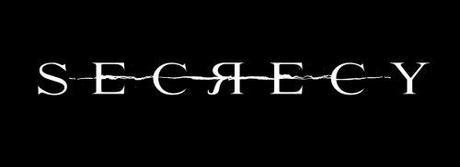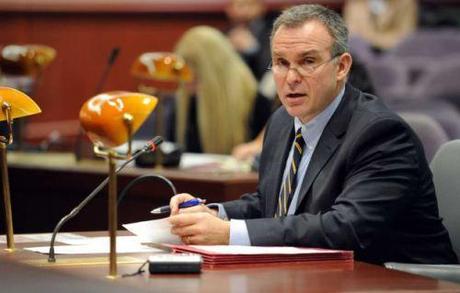
Since it happened, the horrible massacre of 20 children and 6 adults by alleged gunman Adam Lanza at Sandy Hook Elementary School in Newtown Connecticut nearly a year ago on December 14, 2012, has been shrouded in secrecy. Officials have refused to make public the following:
- The 911 recording on the morning of December 14, 2012.
- Autopsy results of the dead — Lanza and his 27 victims, including Lanza’s mother, Nancy, whom he had killed before he drove to the school that morning.
- Death certificates of Lanza and his victims. Note that death and birth certificates are normally public record. Lanza’s death certificate is especially important because Social Security Death Index (SSDI) had his date of death as December 13, 2012, a day BEFORE the massacre. SSDI later changed the date to December 14 only after bloggers had discovered the Dec. 13 date of death.
- Mental health records, if any, of Adam Lanza.
- Surveillance tape, if any, of the school’s newly-installed security and surveillance system.
- Even the workers who recently tore down the school had been sworn to confidentiality
And it looks like officials are determined to continue to enshroud the massacre in secrecy.
The Associated Press reports, Nov. 24, 2013, that tomorrow, a prosecutor will release a report on the investigation into the massacre, but there’s one catch — the report will not be a full accounting of the crime. There will be no state police report, which is expected to total thousands of pages. It is not clear when the full report would be released.
Although alleged gunman Lanza allegedly took his own life, which means there will be neither a prosecution nor trial, Danbury State’s Attorney Stephen Sedensky III has gone to court to fight the release of 911 tapes and resisted calls from Governor Dan Malloy to divulge more information sooner.

In defense, investigators cited the scale of the criminal investigation and consideration for the “feelings” of victims’ families, some of whom have lobbied for tighter restrictions on public information and complained of being harassed by conspiracy theorists.
But Dan Klau, a Hartford attorney who specializes in First Amendment law, said the decision to release a summary report instead of the full evidence file is a reversal of standard practice and one of the most unusual elements of an investigation marked by secrecy.
Klau said, “What I found troubling about the approach of the state’s attorney is that from my perspective, he seems to have forgotten his job is to represent the state of Connecticut. His conduct in many instances has seemed more akin to an attorney in private practice representing Sandy Hook families.”
Sedensky said he could not comment.
So far, investigators have released little more than search warrants, which detailed an arsenal of weapons found inside the Lanza home. The information that authorities have not revealed includes the timeline of the police response to the shooting, any mental health records for Lanza and whether investigators found any clues to a possible motive for the rampage.
The withholding of 911 recordings, which are routinely released in other cases, has been the subject of a legal battle between The Associated Press and Sedensky before the state’s Freedom of Information Commission, which ruled in favor of the AP. A hearing is scheduled Monday in New Britain Superior Court on whether the judge can hear the recordings as he considers an appeal.
One argument raised by Sedensky is that if identities of 911 callers are released, they could be harassed by conspiracy theorists accusing them of being “crisis actors.”
Morgan Rueckert, an attorney representing 22 of the Sandy Hook victims’ families, said some families still receive harassing phone calls from conspiracy theorists, but they are also concerned by the amount of attention that’s been paid to the case and the ease with which records, once released, could be widely published and duplicated on the Internet. “I think it’s appropriate under these circumstances to take a harder look now at what should be released and in what manner,” Rueckert said.
A Connecticut law passed this year in response to the massacre creates exemptions to the freedom-of-information law for the release of photographs, film, video and other images depicting a homicide victim if those records constitute “an unwarranted invasion” on the privacy of the surviving family members.
But why would the release of Adam Lanza’s or Nancy Lanza’s autopsy report and death certificate “invade” the privacy or hurt the “feelings” of the victims’ families?
Have Sedensky and the victims’ families considered this:
By your insistence on non-disclosure, you are feeding precisely the “conspiracy theorists” you’re using to justify your secrecy.
Those who have nothing to hide do not fear the light.
Click here for FOTM’s “Sandy Hook Massacre” page containing links to all the posts we’ve done on this subject.
~Eowyn

